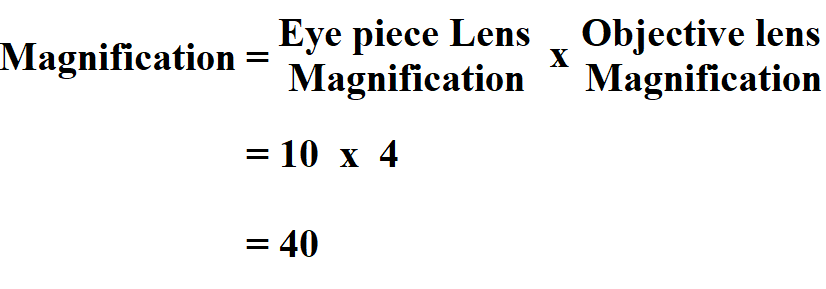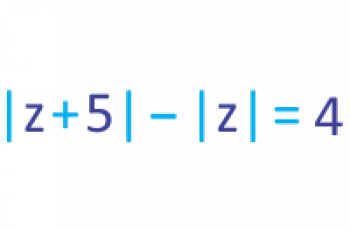In this article , we will define and discuss how to calculate total magnification but before that , lets define magnification. Magnification is the process of enlarging the apparent size, not physical size, of something.
When magnification is less than one, it refers to a reduction in size, sometimes called magnification. One of the instruments used for magnification is a microscope.
A simple microscope uses a single lens, therefore, the magnification of a simple microscope doesn’t need any calculation because the single lens is usually labeled.
While compound microscopes use two or more lenses to magnify the specimen. This is where the magnification calculation is necessary.
Formula to Calculate Total Magnification.

The objective lens gathers light from the specimen, which is focused to produce the real image that is seen on the ocular lens.
The eyepiece or ocular lens, is placed near the focal point of the objective to magnify this image.
Example:
If the eyepiece magnification of a microscope is 10x and the objective lens in use has a magnification of 4x, calculate the magnification of the microscope.

Therefore, the total magnification is 40x.
The total magnification of 40 means that the object appears forty times larger than the actual object.

